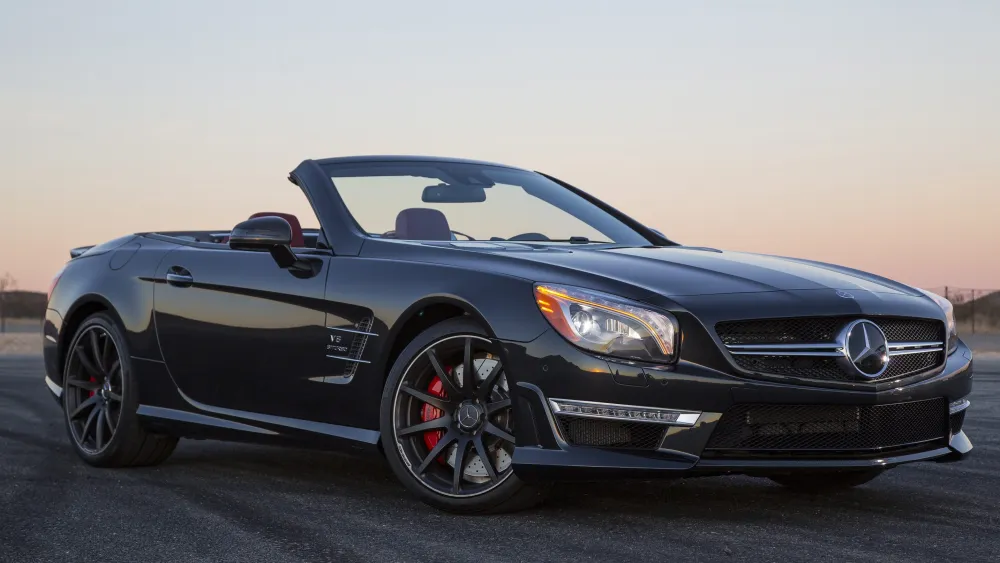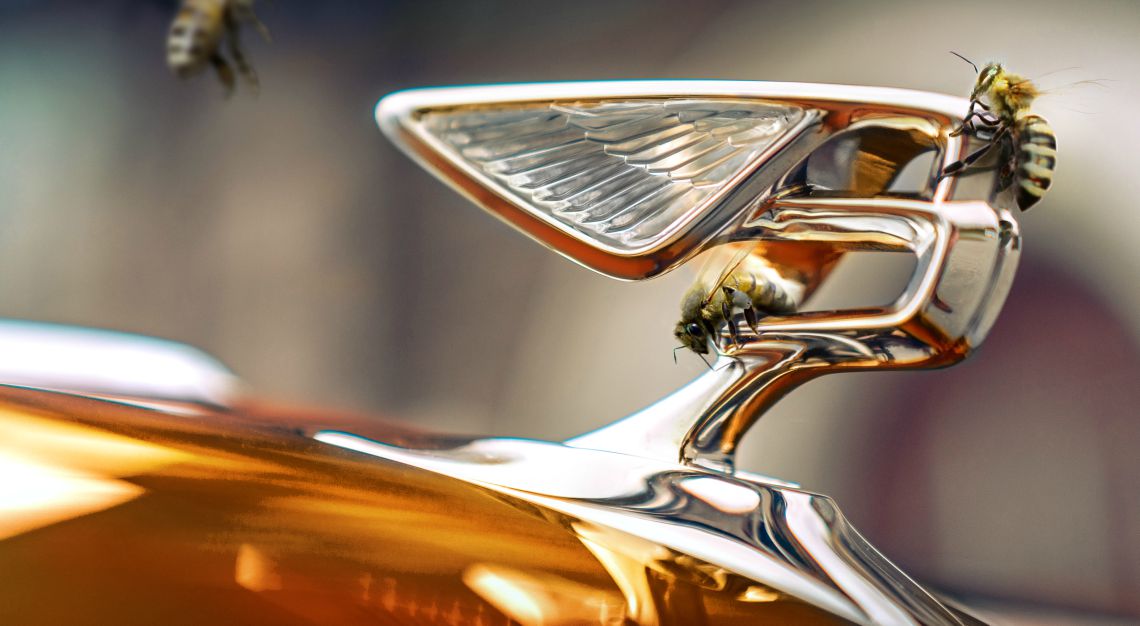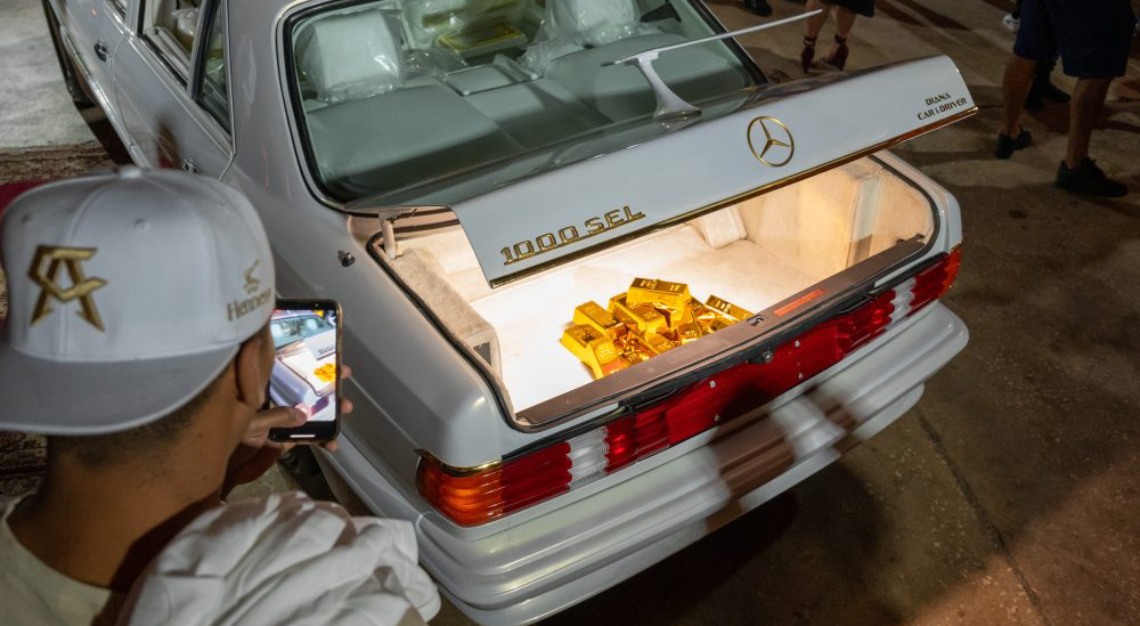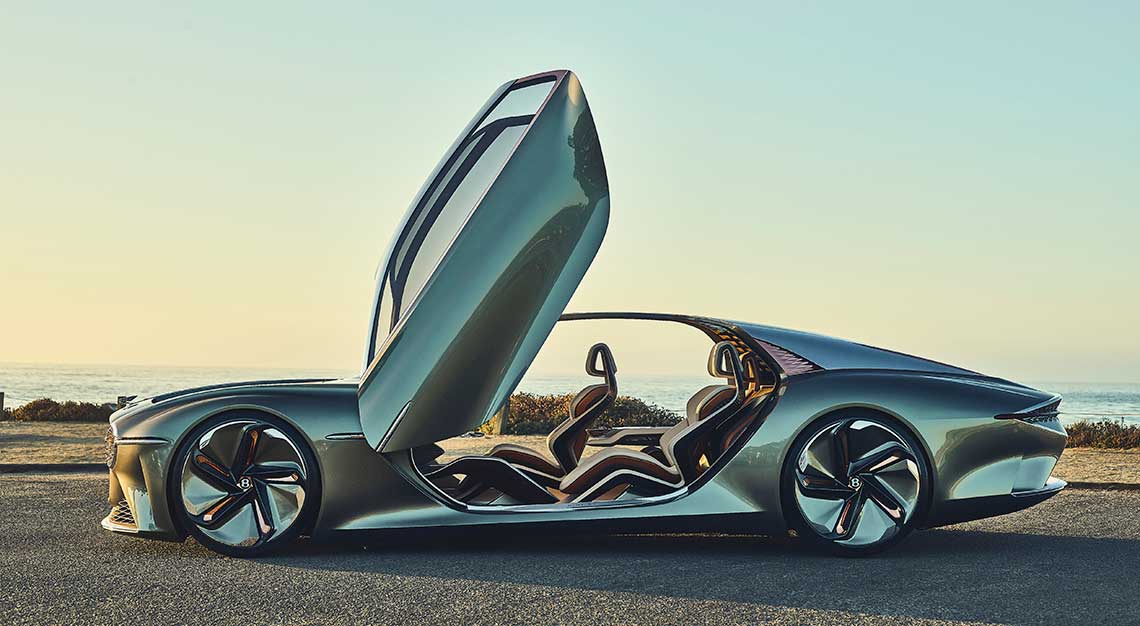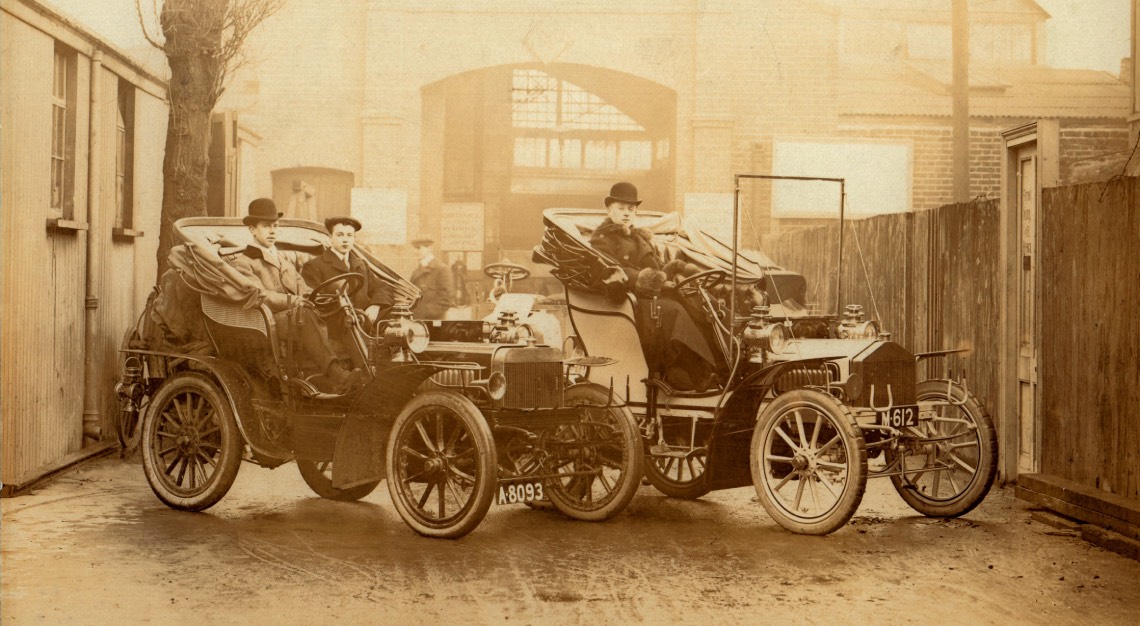From the world’s first automobile to the most expensive car ever sold, automotive history has largely been defined by Mercedes-Benz
Mercedes-Benz isn’t just a legendary luxury automaker—it’s the original automaker. Modern-day Mercedes can trace its roots back to the very first automobile, constructed in 1886. Since then, the company has been an innovator, a trendsetter, a racing juggernaut, and a global status symbol. Here’s everything you need to know about Mercedes-Benz, from the company’s earliest days to its latest and greatest vehicles.
The world’s first practical automobile was a Benz
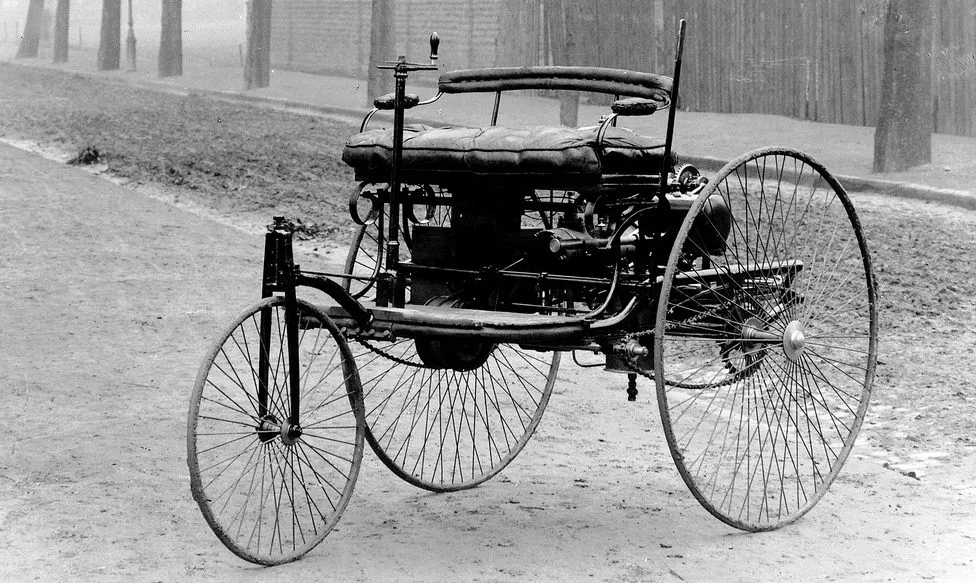
In 1886, a German engineer named Carl Benz received what’s believed to be the world’s first patent for a wheeled carriage powered by a gasoline engine. His invention, creatively named the Benz Patent-Motorwagen, went on sale in 1888, becoming the first commercially available automobile. (Steam-powered carriages had been attempted since the mid-1700s, but they proved dangerous and impractical, and were never commercially viable.) The Patent-Motorwagen had three wheels, a tiller instead of a steering wheel, and no roof or dashboard, but the 954-cc single-cylinder engine set the format used in nearly every gasoline-powered automobile to this day.
Carl Benz’s wife took the first car road trip
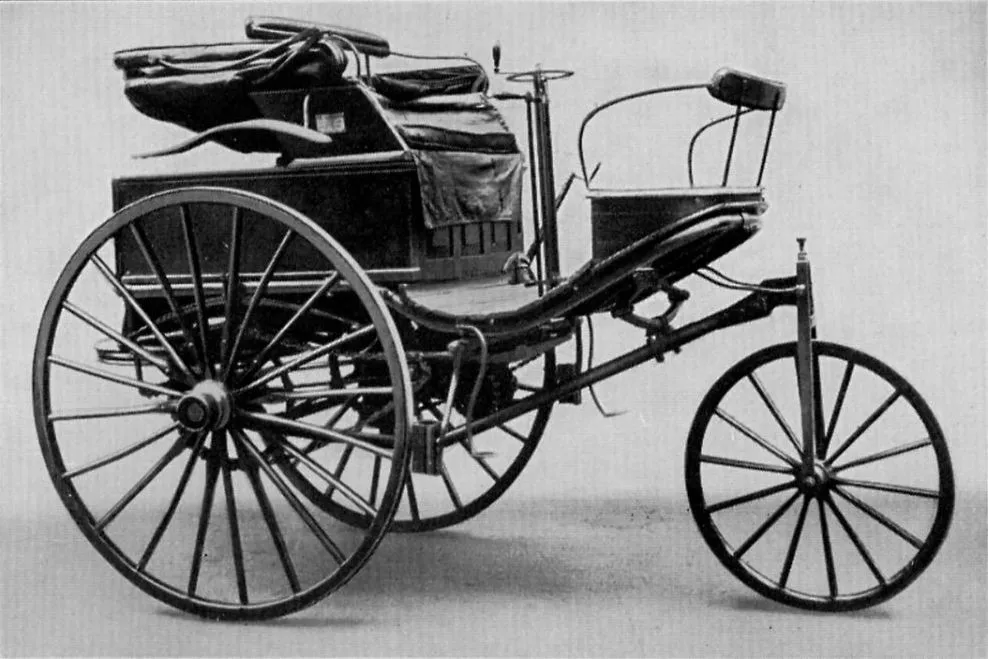
Even after his patent was approved, Carl Benz’s company had financial struggles. Folks just weren’t ready to plunk down the equivalent of US$5,000 to buy Benz’s unproven contraption. Carl’s wife, Bertha, helped to change that. In 1888, Bertha and her sons Eugen and Richard snuck a Patent-Motorwagen out of the workshop and drove it from the Benz home in Mannheim to visit Bertha’s family in Pforzheim, a 106km trip that took all day. It was the first car trip, and the first automotive marketing stunt: the Patent-Motorwagen drew crowds wherever it was seen. The publicity helped the Benz company flourish.
The meaning of the three-pointed star
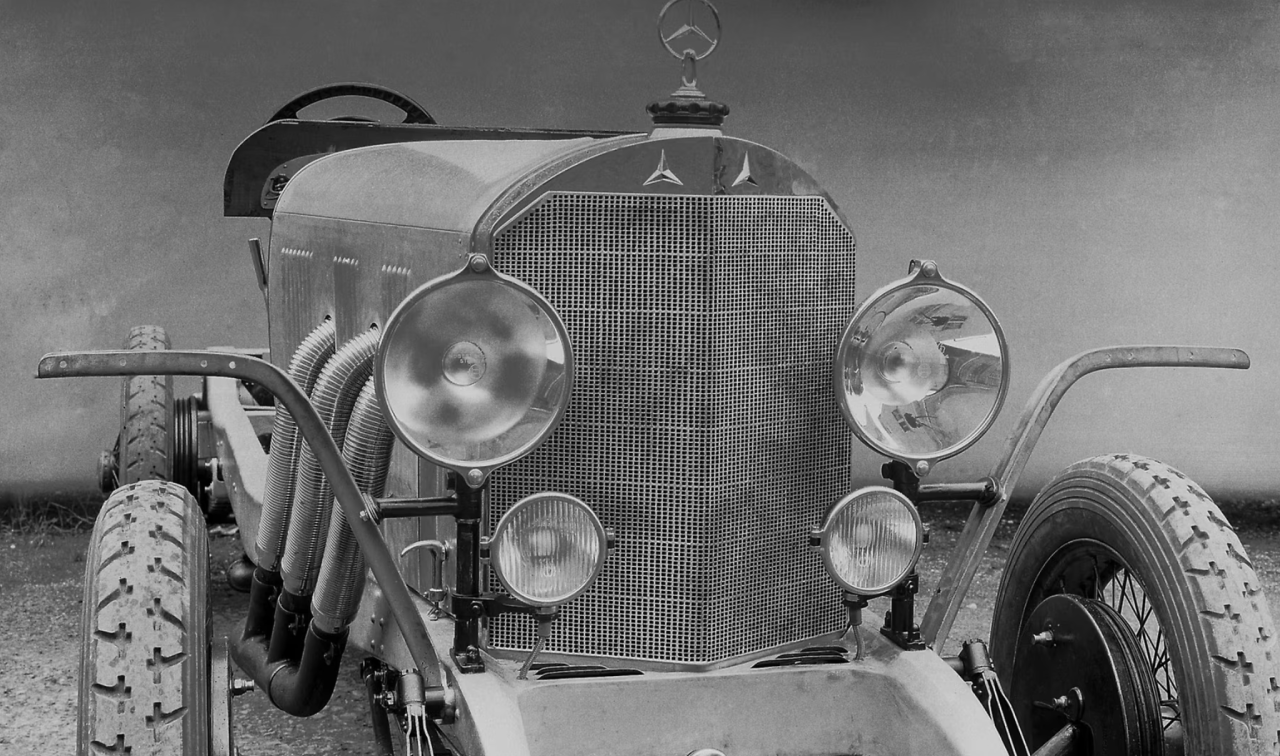
By 1926, Carl Benz’s company had merged with Daimler, another German firm specialising in gasoline engines, to form Daimler-Benz, which sold automobiles under the Mercedes-Benz brand. Daimler began putting a three-pointed star logo on its cars as early as 1910, but the star-in-a-circle version we know today was registered in 1937. The three points of the star represent land, sea, and air—everywhere Daimler hoped to put its internal-combustion engines into service.
Mercedes was named for a racing driver’s daughter
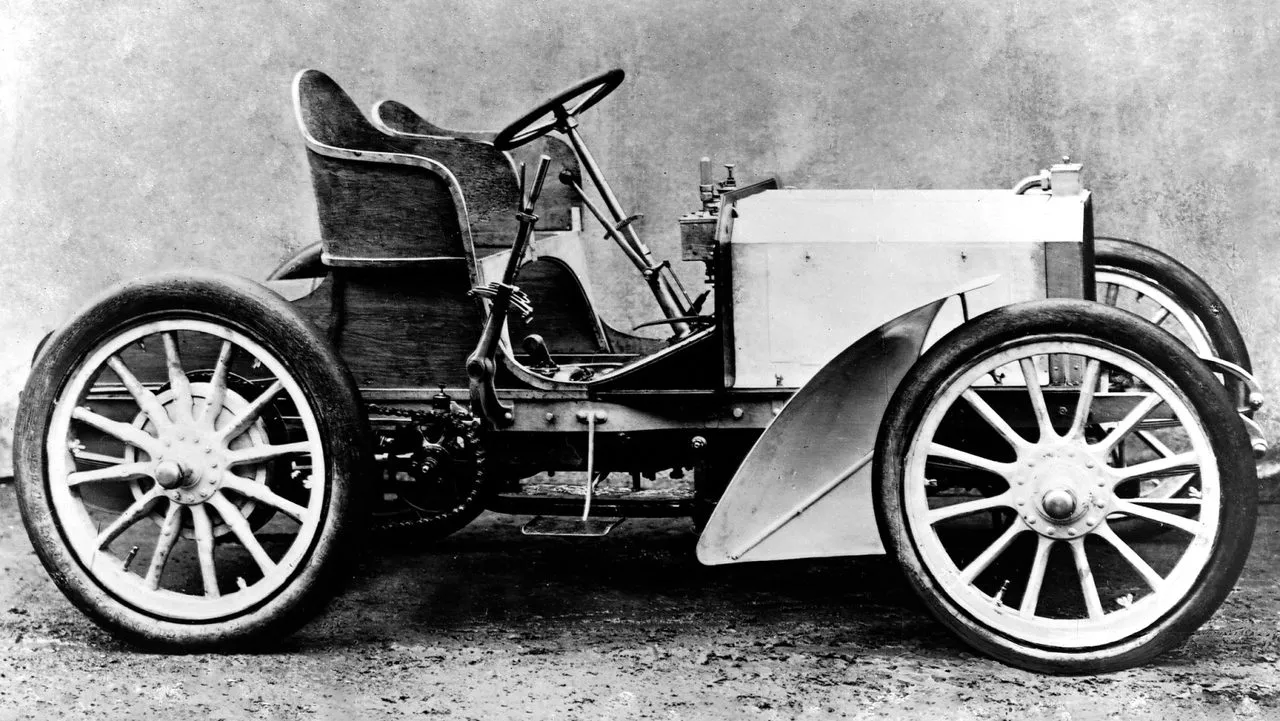
Emil Jellinek was an Austrian businessman who built a profitable business distributing early Daimler automobiles to high-society customers. But his obsession was racing, and he competed under a pseudonym: “Monsieur Mercedes,” after his daughter, Mercedes Jellinek. In 1900, Jellinek ordered a revolutionary car from Daimler, and insisted that it be called “Mercedes.” The Mercedes 35 HP is widely considered the first modern automobile, setting the paradigm that would define cars for the next half-century, with the driver sitting behind a front-mounted engine that powered the rear wheels. The 35 HP was dominant in early racing, and ever since then, Daimler cars have all worn the Mercedes badge.
The founder of Porsche started his career at Mercedes-Benz
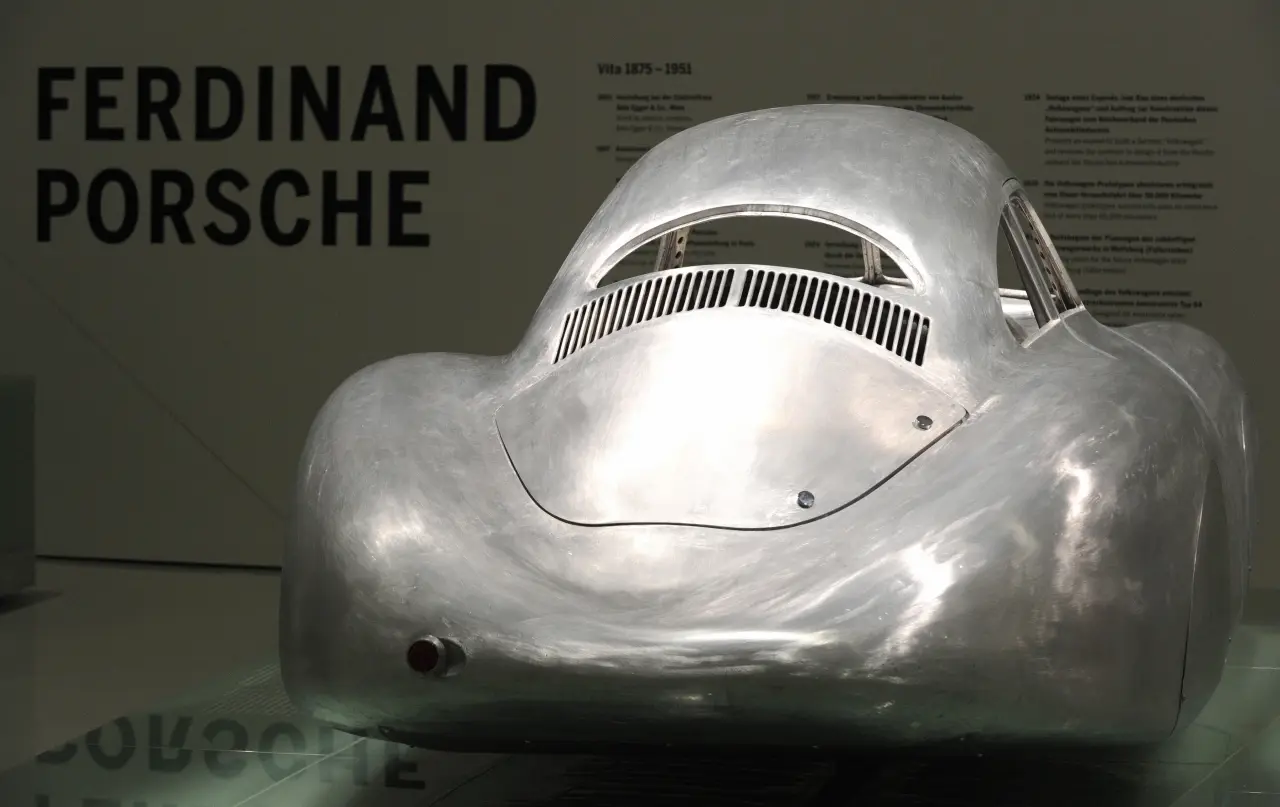
Years before Ferdinand Porsche founded the legendary sports-car company that bears his name, he was a Daimler engineer. Porsche started his career in Austro-Daimler, an Austrian subsidiary of the German engine-maker, in 1906. In 1923, Porsche left the Austrian firm to become Daimler’s technical director at its headquarters in Stuttgart. A few years later, Porsche proposed that Mercedes-Benz should build a small, lightweight car. When this idea was turned down, Porsche left the company, eventually launching a consulting firm specialising in automotive design and engineering. Porsche’s company collaborated with the Nazi German government to create the Volkswagen, and in 1948, introduced the first sports car to wear the Porsche badge.
Mercedes abandoned racing after a disastrous crash killed 84 people
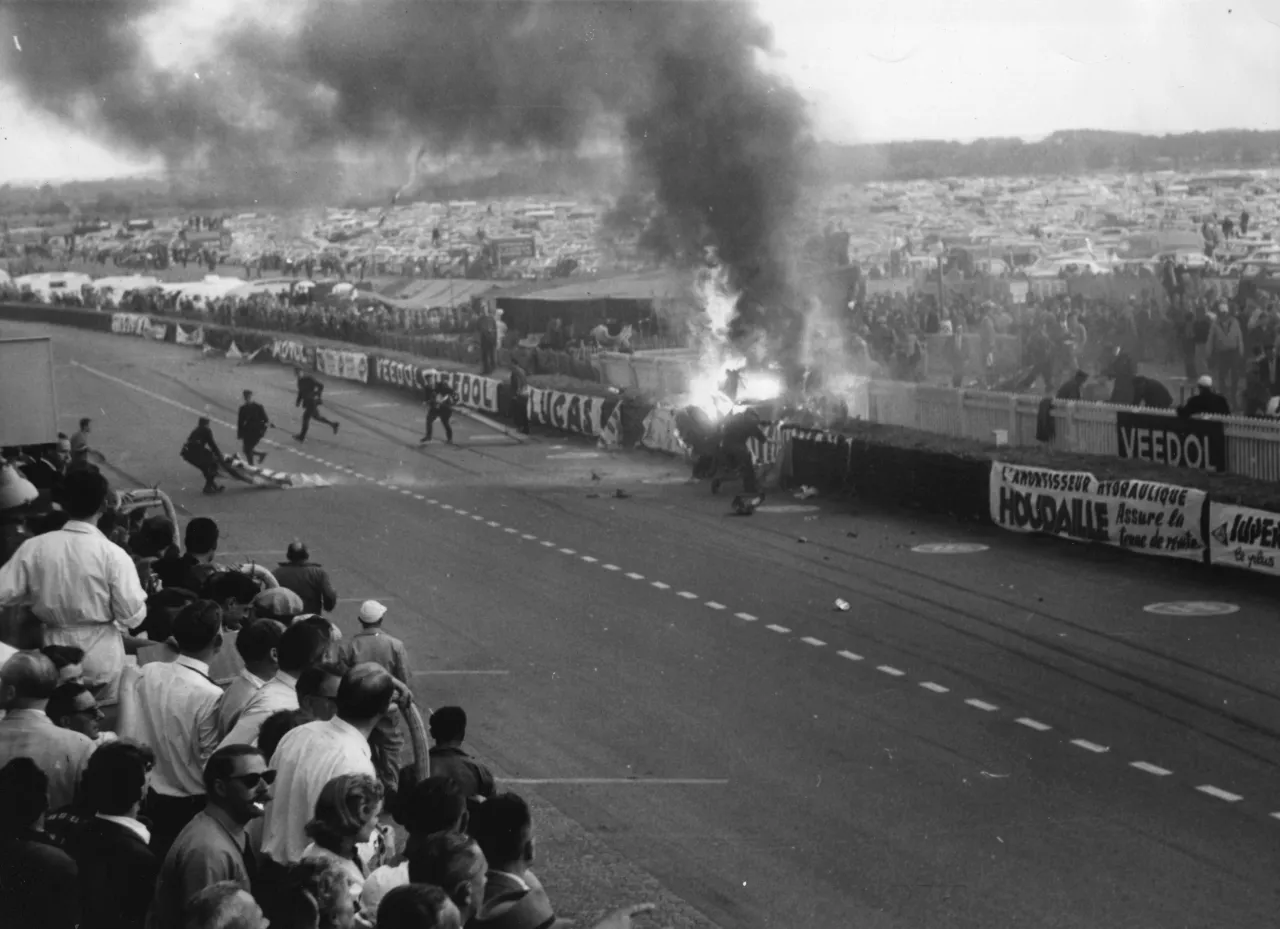
Mercedes-Benz was involved in racing from the very start, and after World War II, the company was highly competitive around the world. But in 1955, a gruesome crash at the 24 Hours of Le Mans brought Mercedes’ motorsports involvement to an immediate halt. A slow-moving car swerved in front of Mercedes driver Pierre Levegh, who had no time to react. The Mercedes hit the slower car, flipped in the air, and landed in a crowd of spectators, killing 85 people and injuring more than 120. Mercedes disbanded its factory-backed racing efforts, and did not return to motorsports until 1989.
Mercedes put early efforts into safety
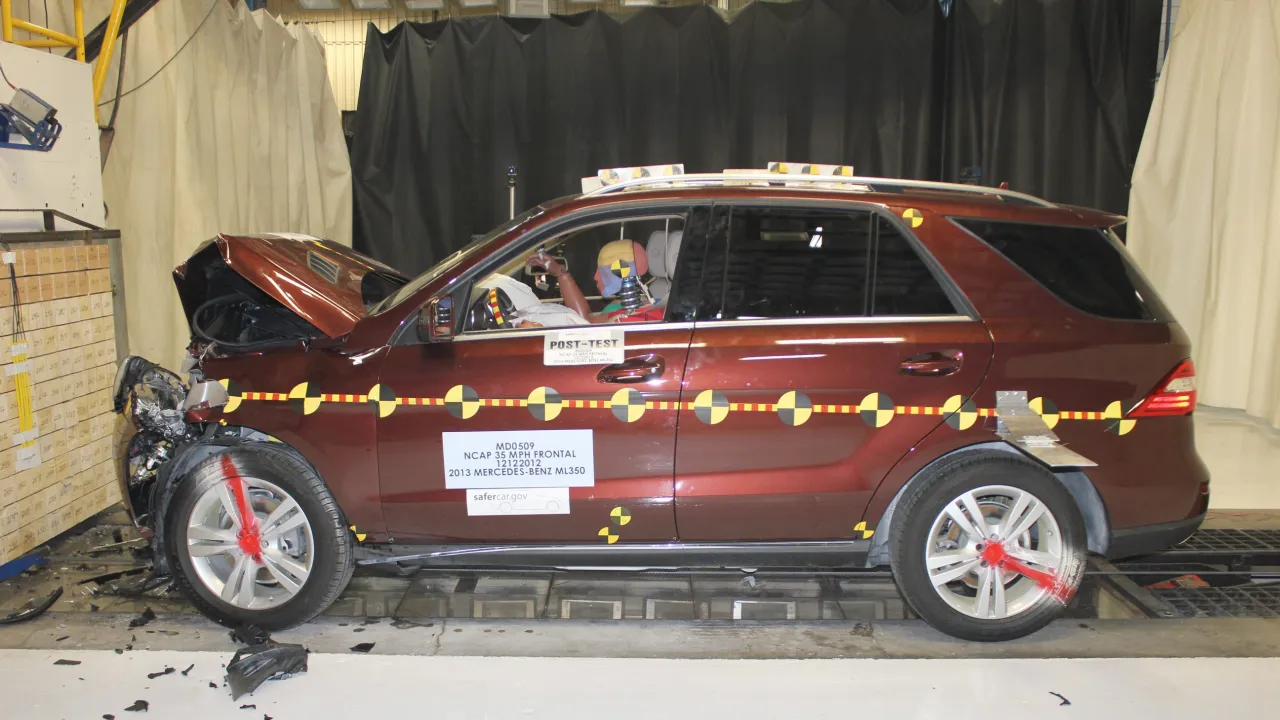
In the post-war era, Mercedes-Benz put enormous effort into improving vehicle safety. In 1951, Mercedes began developing crumple zones to absorb energy in a crash while protecting vehicle occupants. In 1958, the automaker started performing crash-tests on every new production model, and in 1970, Mercedes began developing anti-lock brakes.
AMG moves in-house
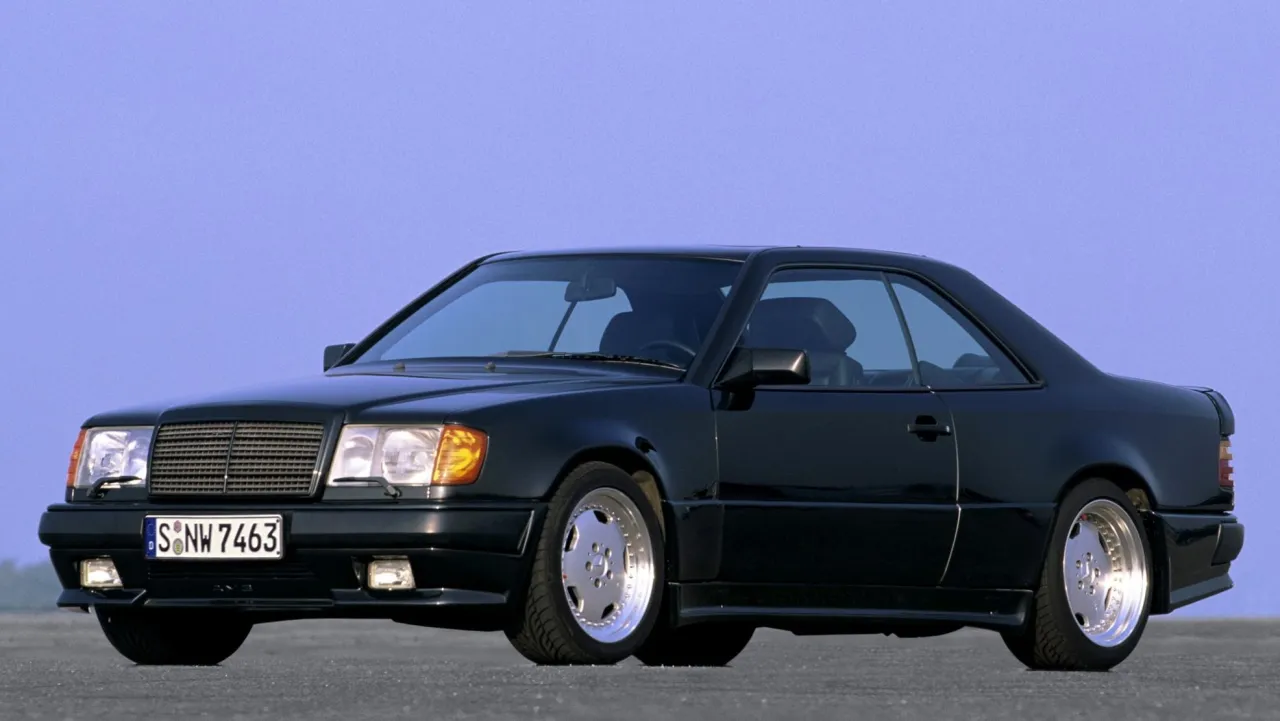
Two former Mercedes engineers launched AMG in 1967. Initially, the company specialised in racing engines, but soon it was developing upgrade packages for Mercedes-Benz road cars. In 1986, AMG turned the Mercedes-Benz E-Class luxury sedan into the 360-horsepower Hammer, at the time the fastest sedan ever made. While AMG was completely independent of Mercedes for years, Daimler bought a majority of the company in 1999, and took over completely in 2005. Today, AMG develops high-performance versions of nearly every vehicle in the Mercedes-Benz lineup.
The most expensive car ever sold is a Mercedes
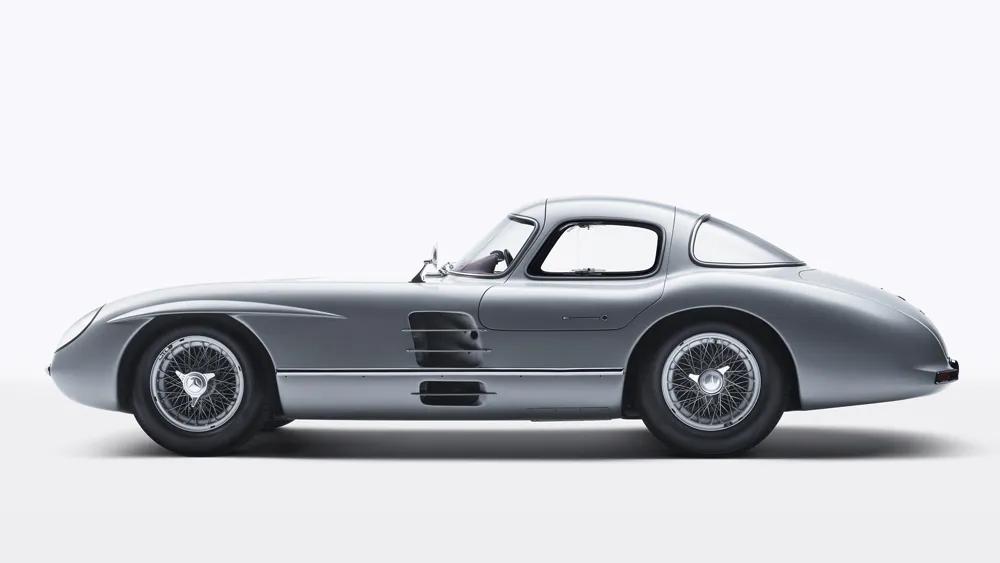
In 2022, an extremely rare Mercedes-Benz shattered records, becoming the most expensive car ever sold at auction. The 1955 Mercedes-Benz 300 SLR Uhlenhaut Coupe was one of two prototypes of what would become the 300 SLR Gullwing. Sold for US$142 million, the Mercedes more than doubled the hammer price of the previous record-holder. The car had long been kept in a Mercedes museum, and the company dedicated the proceeds from the sale to creating a scholarship fund.
This story was first published on Robb Report USA
